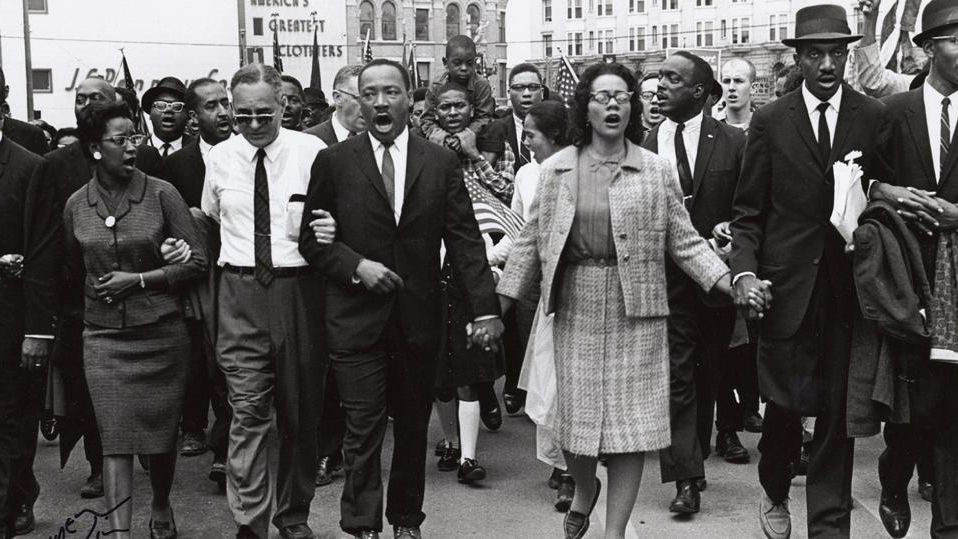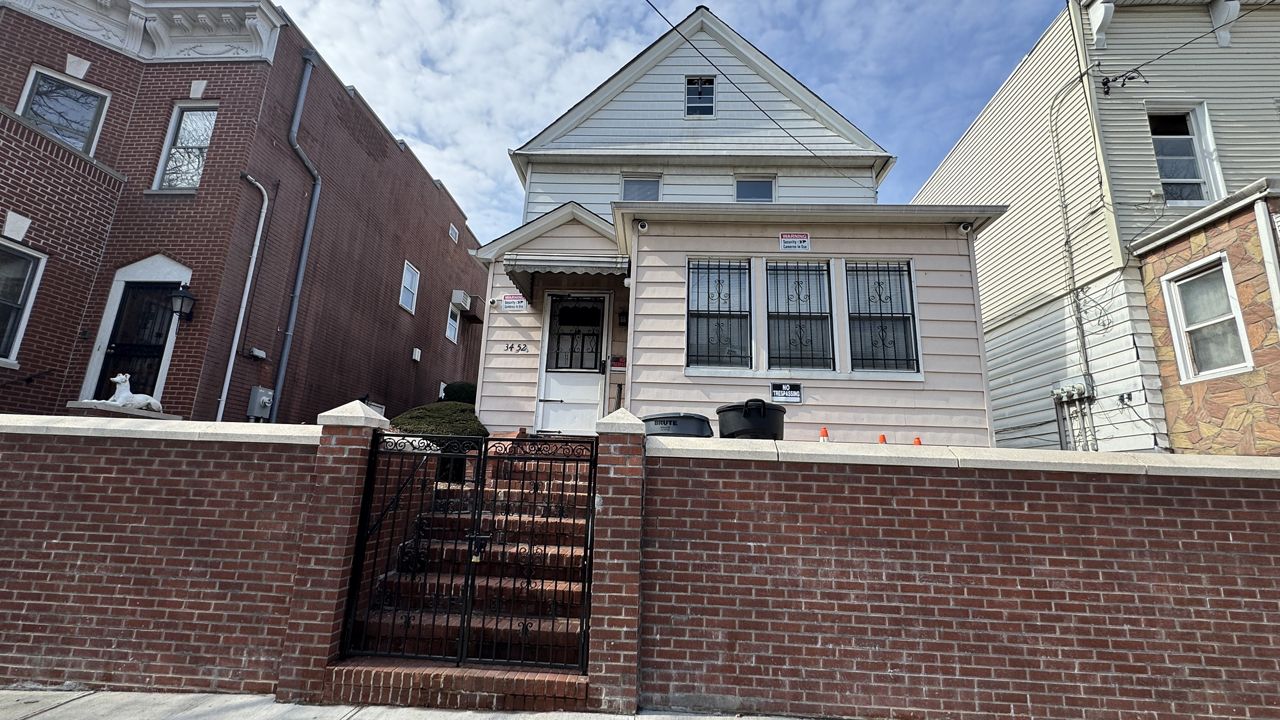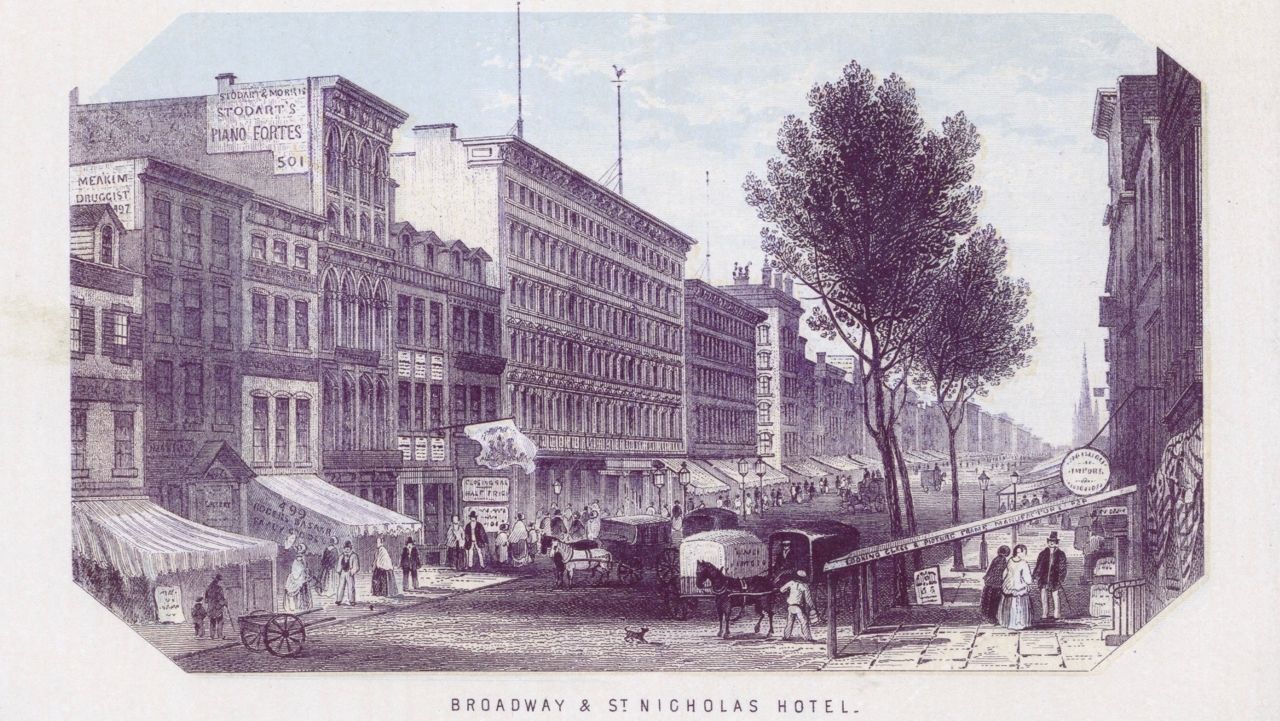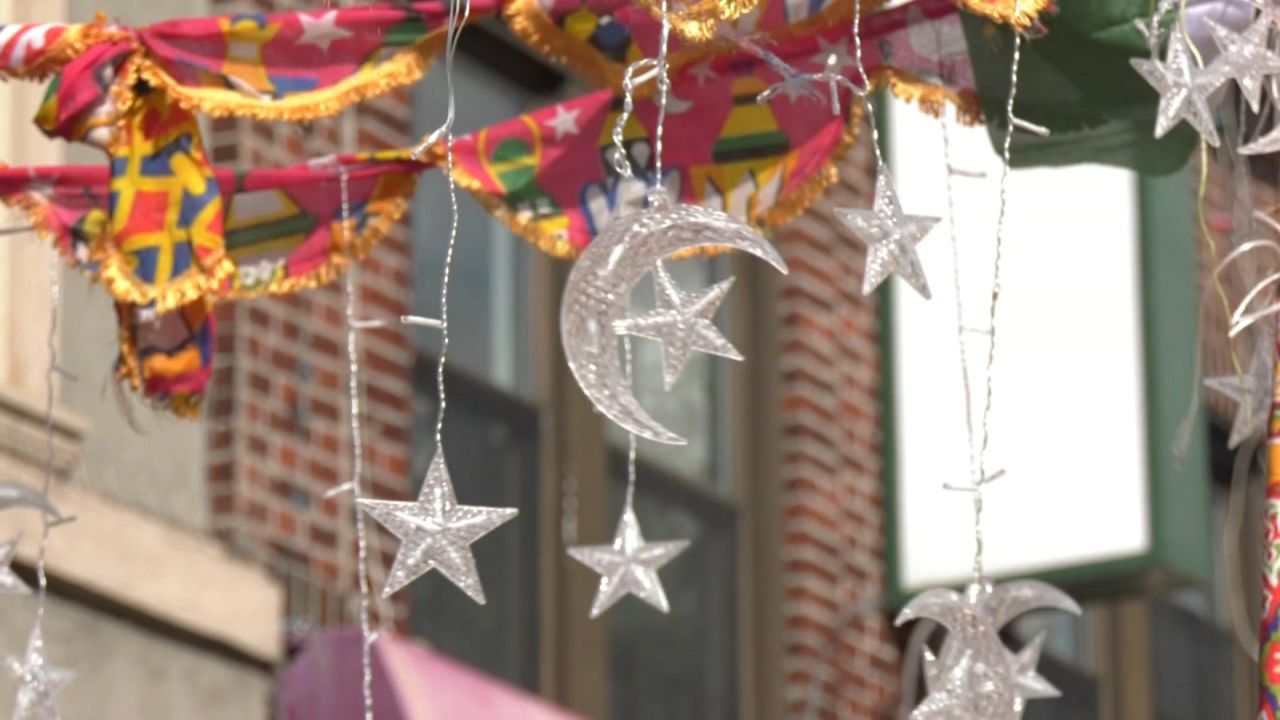It's like watching a master at work when legendary graffiti artist Lady Pink demonstrates graffiti writing in what she calls a "Queens style."
Subway trains were once her canvas. Now, her works are displayed on the walls of museums around the world.
"I feel we were an important part of the last quarter part of the 20th century," Lady Pink said. "We were important in the history of New York."
What You Need To Know
- "Above Ground: Art From the Martin Wong Graffiti Collection" is a new exhibit at the Museum of the City of New York
- It opens Nov. 22 and runs through Aug. 10
- The exhibit goes back in time to tell the story of graffiti art, from its early days on the trains and streets of the city in the 1970s to being recognized at galleries and museums around the world
Her work and the work of her contemporaries is on display at the Museum of the City of New York as part of the exhibition "Above Ground: Art from the Martin Wong Graffiti Collection."
It goes back in time to tell the story of graffiti art, from its early days on the trains and streets of the city in the 1970s to being recognized at galleries and museums around the world. Most of the works were donated by visionary artist and collector Martin Wong.
"This is an art form, a genre, that was born out of New York City by the city's youth in the early 1970s and developed into a worldwide culture throughout the 1970s and 1980s, something that has had real global impact," curator Sean Corcoran said.
Having his work in the exhibition is an experience for the artist known as "Sharp." He grew up near the museum in Yorkville and East Harlem.
"Definitely a positive reaffirmation of the fact that even though we spent our time breaking the law, it was like a sin of passion. We knew that at some point, invariably, that we would go on to greater things," said Sharp, referring to the fact that graffiti is illegal without the permission of the property owner.
Among the many highlights is a drawing from artist Lee Quinones called "Breakfast at Baychester," a nod to his subway rides to the Bronx from the Lower East Side.
"You're part of a systematic way of thinking and painting and creating under the conditions of the time. Spray paint is a very fast tool, very accessible. You can make a palette very fast, but then you don't have a studio environment like I do now," said Quinones, of the transition from working underground in the subway tunnels with the law often after you, to above ground in a studio.

Chris "Daze" Ellis has several works in the show. He can even tell you what spray paints he used, which he told me was "nerding out."
"Aqua turquoise, Krylon, Wild Child Blue, Hot Pink, Original Red Devil Avocado," said Daze, who began painting subway cars in the mid-1970s.
There's also work from Keith Haring, Fab 5 Freddy, Crash, Futura 2000, Tracy 168 and Haze, who also created the title graphics and visual identity for the show. He calls this a full-circle moment.
"Unfortunately my father didn't live to see us go from the mailboxes to the museum walls, but I think it's a natural obvious progression for us," Haze said.
Artist Coco was already "tagging" in 1970, and then was part of the formation of United Graffiti Artists. Founded by Hugo Martinez, it helped artists make the transition from painting on subway trains to painting on canvas.
"I knew that in good time, it would get its recognition," said Coco of aerosol art.
"Above Ground" will be at the Museum of the City of New York through Aug. 10. Head to the museum's website to plan a visit.










_PKG_American_Irish_Historical_Society_CG_133624654_1029)
